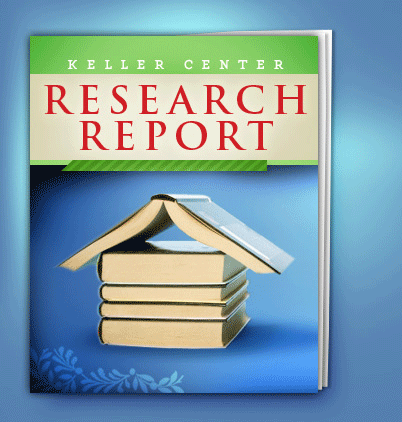
“A report is a very formal document that is written for a variety of purposes, generally in the sciences, social sciences, engineering and business disciplines. Generally, findings pertaining to a given or specific task are written up into a report. It should be noted that reports are considered to be legal documents in the workplace and, thus, they need to be precise, accurate and difficult to misinterpret”.[/i]
Different situation arise in the life of students where they feel the need of real guidance, assistance and reliable support, and this is most felt at the time of writing reports/research reports! Students in trouble and in question, ‘How to write research paper’ the following can help you out
Take the technical Points into consideration like the following:[/b]
Print or type using a 12 point standard font, such as Times, Geneva, Bookman, Helvetica, etc.
Text should be double spaced on 8 1/2" x 11" paper with 1 inch margins, single sided
Number pages consecutively
Start each new section on a new page
Adhere to recommended page limits

Mistakes to avoid[/b]
Placing a heading at the bottom of a page with the following text on the next page
Dividing a table or figure - confine each figure/table to a single page
Submitting a paper with pages out of order
Use normal prose including articles
Stay focused on the research topic of the paper
Use paragraphs to separate each important point
Indent the first line of each paragraph
Present your points in logical order
Use present tense to report well accepted facts - for example, 'the grass is green'
Use past tense to describe specific results - for example, 'When weed killer was applied, the grass was brown'
Avoid informal wording, don't address the reader directly, and don't use jargon, slang terms, or superlatives
Avoid use of superfluous pictures - include only those figures necessary to presenting results
Write a summary after the paper is completed. Economy of words is important throughout any report, but especially in an abstract. However, use complete sentences and do not sacrifice readability for brevity. You can keep it concise by wording sentences so that they serve more than one purpose.
Purpose of the study - hypothesis, overall question, objective
Model organism or system and brief description of the experiment
Results, including specific data if the results are quantitative in nature, report quantitative data; results of any statistical analysis should be reported.
Introduction

Your introductions should not exceed two pages – double spaced and typed.
Describe the importance of the study
Provide a rationale.
State your specific hypothesis (es) or objective(s), and describe the reasoning that led you to select them.
Very briefy describe the experimental design and how it accomplished the stated objectives.
Make use of past tense except when referring to established facts.
Organize your ideas
State the hypothesis/objective precisely - do not oversimplify.
How to place Figures and tables?

Place figures and tables within the text of the result, or include them in the back of the report - do one or the other
If you place figures and tables at the end of the report, make sure they are clearly distinguished from any attached appendix materials, such as raw data
Regardless of placement, each figure must be numbered consecutively and complete with caption
Regardless of placement, each table must be titled, numbered consecutively and complete with heading
Each figure and table must be sufficiently complete that it could stand on its own, separate from text

You can get online help on how to write research paper and in this way the problem of writing research paper can be ended.
Be Clear with the content of the Report
Report Content
- Introduction Section 1 -When the data was collected
- Introduction Section 2 -Overview of the structure of the report
- Introduction Section 3 -Your ideas about the reasons for the things you discovered
- Introduction Section 4 -Description of the information you discovered
- Procedure Section 1 -Summary of what you discovered
- Procedure Section 2 -What you think should happen
- Findings
- Conclusion Section
- Recommendations
Abstract[/b]
An abstract is a brief summary of a research article, thesis, review, conference proceeding or any in-depth analysis of a particular subject or discipline, and is often used to help the reader quickly ascertain the paper's purpose. When used, an abstract always appears at the beginning of a manuscript, acting as the point-of-entry for any given scientific paper or patent application. Abstracting and indexing services for various academic disciplines are aimed at compiling a body of literature for that particular subject.
Parts of an Abstract[/b]
- Motivation
- Problem statement
- Approach
- Results
- Conclusions
What is a conclusion? / How to write a conclusion?

It is the review of the main findings and results expressed in general terms.
Conclusion is for the busy readers who don't have time to read all of your findings and for readers who want to read an overview of the findings before deciding whether to read the findings in detail.
The Conclusion should give the main cause of the problem or opportunity that is the topic of the report.
The section should summaries the main findings and link to the Recommendations.
It should not include findings that are not related to the Recommendations.
